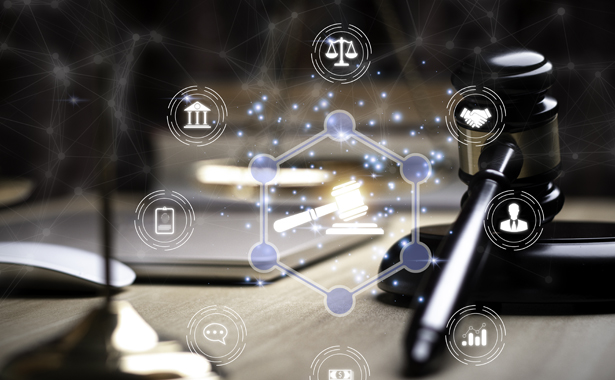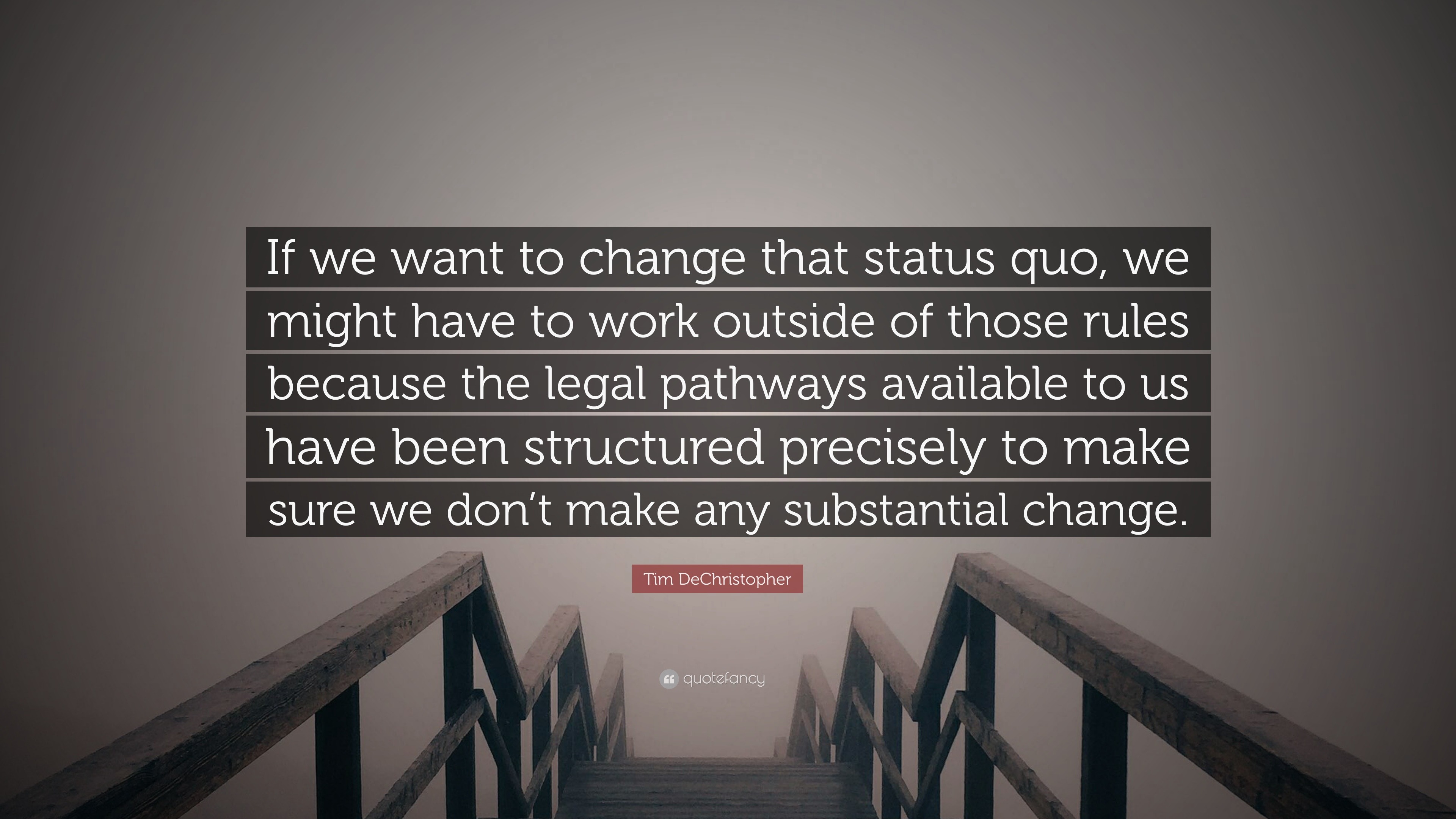Introducing Status Quo Meaning in Legal Method: Every Little Thing You Need to Know
Introducing Status Quo Meaning in Legal Method: Every Little Thing You Need to Know
Blog Article
Browsing the Dynamics of Standing Quo in Legal Equipments: An All Natural Approach
In the world of legal systems, the concept of status quo holds a considerable duty in shaping the foundation whereupon laws and laws are constructed. Understanding and properly navigating the characteristics of the condition quo calls for an alternative method that goes past plain surface-level evaluation. By delving into the complex interplay of different factors influencing the lawful status quo, one can reveal nuanced insights that pave the method for educated decision-making and tactical planning. As we check out the intricacies surrounding this critical component of lawful frameworks, a deeper understanding of the challenges and possibilities that come with it arises, urging us to reassess traditional strategies and accept a more detailed point of view.
The Value of Status Quo Analysis
In lawful process, performing a detailed standing quo evaluation is paramount to comprehending the present state of events and supplying a foundation for informed decision-making. This analysis includes an extensive review of existing conditions, agreements, and circumstances that form the context within which lawful actions are being considered. By evaluating the standing quo, legal professionals can determine crucial stakeholders, legal rights and obligations, possible threats, and chances for resolution.
Additionally, delving right into the status assists in the recognition of any voids or incongruities that may exist, clarifying areas that require focus or information. This process aids in establishing realistic assumptions and developing methods that align with the dominating situations. Understanding the status is critical for establishing a roadmap that guides lawful process in the direction of reliable end results while decreasing unintended repercussions.
Eventually, a thorough condition quo analysis functions as a cornerstone for sound legal suggestions and critical planning. It allows legal specialists to browse complexities, anticipate difficulties, and customize their technique to achieve favorable outcomes for their customers.
Aspects Influencing Lawful Status Quo
Considering the intricate internet of legislations, regulations, and social norms, what are the key factors that shape and affect the lawful condition quo in contemporary legal systems? A number of key variables play essential duties in establishing the legal status quo within a lawful system. Furthermore, political dynamics and the equilibrium of power within a legal system can greatly affect the lawful status quo.
Approaches for Status Management
Effective administration of the lawful status quo needs a critical approach that acknowledges the dynamic nature of lawful systems and the diverse elements influencing them. One crucial approach for status quo management is normal surveillance and evaluation of lawful developments.

Moreover, efficient communication and cooperation amongst stakeholders are vital methods for handling the standing quo in lawful systems. By cultivating open dialogue and teamwork between policymakers, lawyers, and various other relevant celebrations, possible conflicts can be attended to proactively, and solutions can be established collaboratively to keep a stable lawful atmosphere.
Obstacles in Status Adaptation
:max_bytes(150000):strip_icc()/quidproquo.asp-final-68d4c6cf51ff49aaae585b51d126a1a8.png)
Furthermore, the lack of clear standards for navigating status changes can produce unpredictability and ambiguity. When trying to challenge existing standards or incorporate new legal structures, lawful professionals commonly find themselves in undiscovered area. This can bring about hesitancy and reluctance to differ acquainted techniques, further restraining the adaptation process.

Applying Alternative Approaches
Incorporating a thorough point of view into lawful strategies is crucial for resolving the diverse challenges of modern lawful systems. Applying alternative strategies entails a change in the direction of viewing legal concerns as interconnected parts of a larger system instead of isolated events. This needs a positive position that takes into consideration not just the instant lawful effects yet additionally the more comprehensive societal, financial, and moral impacts of legal choices.
One key element of applying holistic techniques is cultivating interdisciplinary collaboration within lawful teams. By uniting professionals with diverse backgrounds such as legislation, psychology, economics, and sociology, a much more nuanced understanding of complex legal concerns can be achieved. This collaborative method allows legal professionals to create more reliable methods that represent a vast array of aspects affecting the results of legal situations.
Moreover, accepting innovation and data-driven understandings is critical in implementing holistic strategies he has a good point in lawful systems. Leveraging devices like expert system for lawful study, anticipating analytics for situation results, and data visualization for presenting intricate info can improve decision-making processes and improve total lawful results. By integrating these technological improvements right into lawful technique, an extra efficient and all natural approach to resolving lawful difficulties can be accomplished.
Conclusion
In Full Report conclusion, browsing the dynamics of status quo in lawful systems needs a comprehensive understanding of the significance of standing quo analysis, the various variables influencing lawful status, reliable methods for status monitoring, and the difficulties in status adaptation. Executing all natural methods is essential for efficiently adapting and taking care of to the status in legal systems. It is crucial for attorneys to frequently adapt and assess to the transforming dynamics of the status to ensure effective and reliable legal outcomes.
Taking into consideration the elaborate internet of regulations, policies, and societal standards, what are the primary aspects that form and influence the legal standing quo in contemporary legal systems? A number of vital elements play essential functions in establishing the legal standing quo within a lawful system. It is the interaction of these variables that jointly shape and influence the legal condition quo my latest blog post in modern legal systems.
Reliable administration of the legal condition quo requires a calculated method that acknowledges the vibrant nature of legal systems and the varied aspects affecting them.In conclusion, navigating the dynamics of condition quo in lawful systems calls for a comprehensive understanding of the importance of condition quo evaluation, the different elements affecting lawful condition quo, reliable approaches for standing quo monitoring, and the obstacles in status quo adjustment.
Report this page